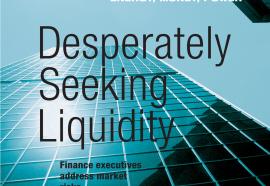The Efficiency Mandate: Stimulating Energy Efficiency
NARUC decries conditions on states for federal grants.
Utilities are leaving no stone unturned in their search for ways to save electricity. Federal incentives will support new technologies and projects, but can those incentives overcome structural barriers that stand in the way of major efficiency improvements? Fortnightly's editors explore challenges and opportunities arising from the new efficiency mandate.










